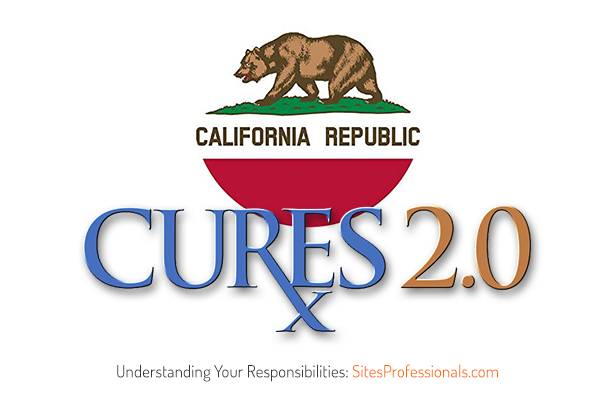Beginning July 1, 2021*, providers who service the Medi-Cal population will be required to use the PAVE system when submitting new applications or when making certain changes to an existing application (eg. adding a location). For various reasons, even when not creating or changing a Medi-Cal Provider application, all of the provider types listed below should enroll in the PAVE portal before this date.
Background and Acronyms
PAVE stands for Provider Application and Validation for Enrollment system. PAVE is administered by the Provider Enrollment Division (PED) of the Department of Health Care Services (DHCS). Providers billing Medi-Cal for services must have an approved application with PED. PAVE replaces the paper application process with an online portal designed to improve the speed and efficiency of the application process for providers while providing DHCS with new tools to evaluate and periodically reassess the providers servicing the Medi-Cal population.
Ultimately, the move to PAVE is designed to improve the quality of, and access to, care for patients with Medi-Cal, while ostensibly making the application process easier for providers.
Psychiatrists and Prescribers will enroll using the Ordering/Referring/Prescribing Only Provider category.
Sign up Now
Information about the PAVE system including deadlines and eligibility is plentiful but often contradictory. We reviewed several sources (linked below) and spoke with a customer representative to compile this information.
From our perspective there are at least three benefits to using PAVE for providers.
FIRST, the application is potentially faster. By entering an NPI number with a Medi-Cal PIN (or other identification) the system will automatically sync existing Medi-Cal provider information with your PAVE Business Profile. More about Profiles and Users in benefit #3.
SECOND, status notifications including approval and requests for corrections or additional information should be available much quicker and accessible directly from the PAVE system.
THIRD, the PAVE system allows providers to delegate management of the provider’s Business Profile to additional Users in the PAVE system. PAVE User accounts are how an individual logs into PAVE. A PAVE Business Profile is the provider entity with approval to bill Medi-Cal. You log in with your User account in order to make changes to a Business Profile, and if you are a busy provider you can delegate this to another individual with PAVE access. This could significantly reduce the administrative burden on some providers.
But Wait, There’s More!
After enrolling in PAVE your next task is to register in the Medi-Cal Rx Provider Web Portal, more on that another time. Below you will find two lists: types of providers required to use PAVE and links to additional information including the Medi-Cal Rx Provider Web Portal.
REQUIRED MEDI-CAL PROVIDERS
- Licensed clinical social workers
- Licensed Marriage and Family Therapists
- Licensed Professional Clinical Counselors
- Licensed Psychologists
- Nurse Practitioners
- Occupational Therapists
- Medical Doctors and Osteopaths (DO)
- Physician Assistants
- Registered pharmacists, pharmacists
- Speech Therapists
“Any discipline not listed above does not need to enroll in PAVE. This includes but is not limited to Psychiatric Technicians, Clinical Nurse Specialists, and Registered Nurses. Students and trainees do not need to enroll in the PAVE System.” (From Quality Assurance Bulletin, link #5 below)
A list of supported provider types can be found here:
https://www.dhcs.ca.gov/provgovpart/Documents/PAVE_Project_for_Provider_…
LINKS AND REFERENCES
- PAVE Login: https://www.dhcs.ca.gov/provgovpart/Pages/PAVE.aspx
- PAVE FAQs: https://www.dhcs.ca.gov/provgovpart/Documents/PAVE_Project_for_Provider_…
- SMHS FAQs: https://www.dhcs.ca.gov/provgovpart/Documents/PAVE_Project_for_Provider_…
- PAVE Training Videos: https://www.dhcs.ca.gov/provgovpart/Pages/PAVEProviderTrainingVideos.aspx
- LA County QA Bulletin: http://file.lacounty.gov/SDSInter/dmh/1081140_20-07PAVEMediCalRxPortal.pdf
- LA DMH PAVE FAQs: http://file.lacounty.gov/SDSInter/dmh/1081141_PAVEFAQs.pdf
- Medi-Cal Rx: https://medi-calrx.dhcs.ca.gov/home/
*this is the most up-to-date information we can find.


